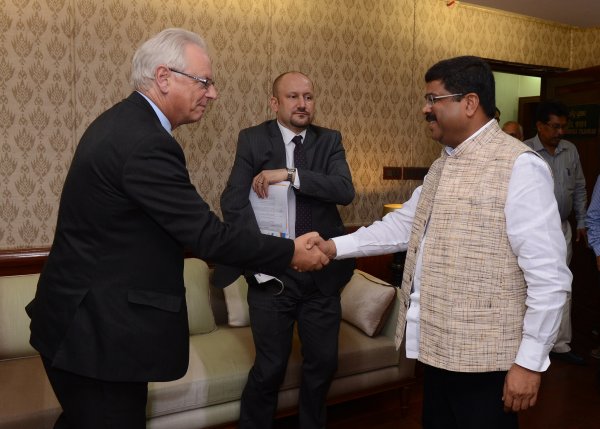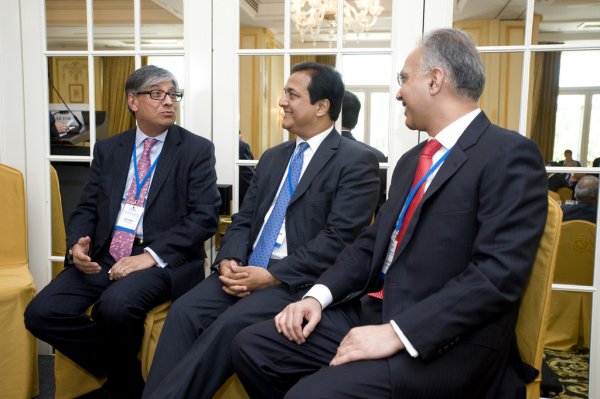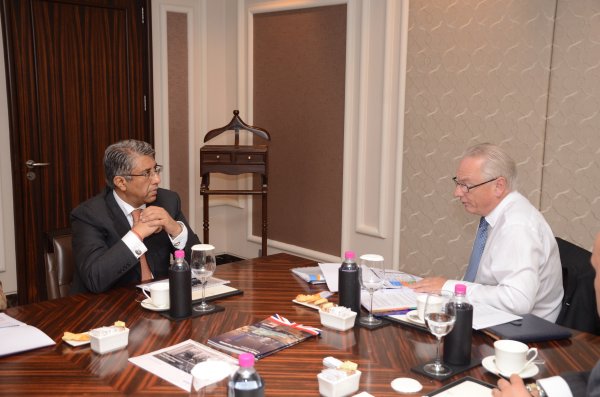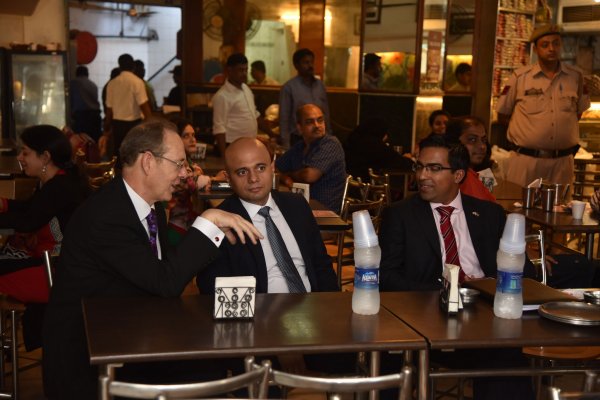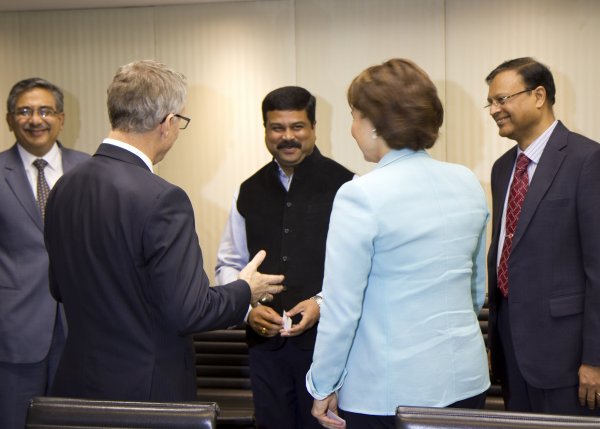Business Culture: The Business Experience
Business Style
Westerners often find the pace of business in India to be significantly more relaxed than they are used to. Delays in meeting schedules are common, and meetings tend to start with leisurely rounds of small talk. Your Indian counterparts will want to get to know you before establishing a business partnership, and small talk is a crucial part of establishing rapport and trust.
Don't expect your Indian counterparts to move quickly into negotiations. Instead, expect several rounds of meetings, as well as opportunities for after-work socializing as your counterparts get to know you.
Indians often work hard to maintain group harmony, and will typically answer yes-or-no questions with a positive answer to avoid disappointing the other party—even if the real answer is "no." However, they also drive very hard bargains. Haggling over price is common, so it's best to build some leeway into the pricing you offer to accommodate the process.
Indians can be boisterous and emotional negotiators. However, it's best if you remain calm—no matter how much emotion the other party shows. This will increase your credibility in the eyes of your Indian counterparts.
Relationship Building
Indians will frequently choose to do business with people they know well and trust—to the extent of choosing friends over strangers even when the stranger offers the more lucrative deal. Therefore, to successfully create business partnerships, you will need to establish strong personal and business relationships with your Indian partners before moving to the negotiation phase.
As meetings begin, Indians will often ask personal questions about your family and life at home; inquiring about someone's family is seen as a friendly gesture in India.
Cricket is a safe topic of conversation. The top cricket players are national celebrities, and your Indian counterparts are likely to be fans. It's also permissible to discuss politics, with the exception of some contentious topics—Indians will be enthusiastic in discussing and debating the inner workings of their country, and most Indians are quite informed. Discussions centering around political figures and economic reforms are good small-talk topics, and your Indian counterparts will likely be impressed if you take the time to learn about their local political scene.
Indian cinema is another good topic of conversation. India produces almost 1,000 films per year—the largest number in the world. Indians are proud of their ancient heritage as well, and will enjoy discussing Indian history and traditions with an interested foreigner.
Religion may be a more controversial subject—especially since strong religious beliefs are on the rise in India. Relations with Pakistan should be avoided as a topic for light conversation, as should the subject of India's poverty. While India has seen great economic improvement in recent years, there is still a large income disparity between rich and poor. While Indians may discuss the poverty issue openly, you may be seen as criticizing the country if you initiate the discussion.
Visiting female executives may have more difficulty in building relationships than men do. Senior female executives are still a rare sight in Indian companies. Foreign women often find Indian executives to be highly polite and courteous, but sometimes not as comfortable discussing business deals with them as they would be with men. Women may have to go to extra efforts to establish credibility, trust and rapport.
Etiquette
The most common greeting in India involves pressing two hands together at chest level—similar to a Christian prayer position—along with a slight bow of the head and the word namaste, which roughly translates as "I bow to you". Since the word describes the action, some Indians will simply bow and will not say the word aloud. Sometimes Indians will greet you with a namaste—the word, the deed, or both— followed by a light handshake, although the namaste greeting alone will suffice. Bear in mind that conservative Indian women will sometimes avoid physical contact with men in public; when greeting a woman, let her initiate the greeting.
Norms regarding personal space between Indians depend on their region and subculture. Hindus, for example, typically leave plenty of space—about three to three and a half feet—when conversing. Others are accustomed to less personal space.
You'll find as a foreign traveler that locals frequently stare at you. However, in business situations, sustained eye contact isn't common—particularly between men and women. During business conversations, eye contact should be held intermittently; look away or down every so often to break the gaze.
When addressing Indian counterparts, start by using the person's academic or professional title—such as "Professor" or "Doctor"—followed by the surname. If the person you are speaking to does not have a title, saying "Mr.," "Mrs.," or "Miss" will suffice.
Naming conventions in India vary depending on the region. In Northern India, most people use conventions similar to those in the West: a first name followed by a surname, and occasionally a middle name between them.
In the southern states, however, men do not have surnames in the same way that surnames are used in the West. Instead, the father's name and the person's ancestral village name are used to indicate where the person is from and whom he is related to. These two names usually come first, and are often displayed as initials when written down. The name that comes last is the person's given name. The person can be referred to as "Mr." followed by the given name, or just by the given name among friends.
Article written for World Trade Press by Jennifer Williamson.
Copyright © 1993—2025 World Trade Press. All rights reserved.

 India
India 